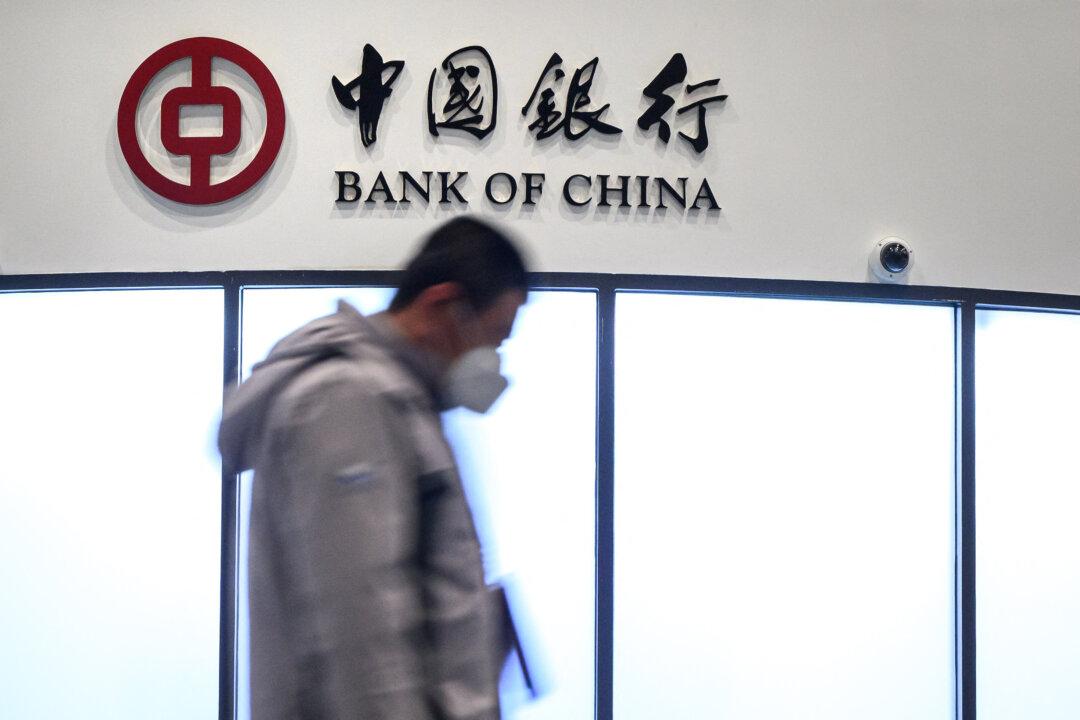Haichuan Teng was a 22-year old celebrity entrepreneur in China. China Central Television, the state broadcaster, ran enthusiastic reports about how he dropped out of high school at the age of 16 and started his own technology business in January 2014.
But Teng, the CEO of Chengdu-based online peer-to-peer (P2P) lending company Boliya, mysteriously disappeared on Oct. 8, 2014. His company owed investors more than 70 million yuan ($11 million).
Boliya’s unexpected failure was a cautionary tale in the “Wild West” world of Chinese Internet finance, a market that has grown so quickly that it could become China’s next bubble.
P2P Growth
Internet financial innovation is still in its infancy in the United States, where online and mobile financial services are limited to making transfers and checking balances. Internet finance firms such as online bank Simple and peer-to-peer lender Lending Club have loyal followings, but such services are far from ubiquitous.
In China however, digital banking, investing, and lending have long gone mainstream.
Forgot your wallet? No problem. Fire up Tencent Holdings’ WeChat app and pay for that latte.
In a market with more than 740 million active mobile Internet users, mobile payments is a no-brainer. But established technology firms such as Tencent, Alibaba Group Holdings, and Baidu Inc. are also expanding their presence into a corner of Internet finance called P2P lending.
P2P lending is the practice of lending money to unrelated individuals, in this context through Internet firms, which connect investors (lenders) with borrowers.
Gross volume of Internet P2P lending in the first half of 2015 totaled 300.6 billion yuan ($47 billion) in China, while the same total for full-year 2014 was 252.8 billion yuan, according to Wangdaizhijia, a China-based Internet lending information website. It forecasts P2P lending to total $800 billion yuan by end of the year.
As of June 30, China had more than 2,000 Internet lending platforms, a 29 percent increase from the end of last year.
Tongbanjie is one of the biggest P2P lenders, with an estimated 3 million active monthly users.
A rival service, Dianrong, raised $207 million in its latest financing round last week, with U.K.’s Standard Chartered Bank as a lead investor. Dianrong is led by Soul Htite, co-founder and former CTO of Lending Club.
Carving Out a Market
The growth of P2P lending is a classic case of supply meeting demand.
China’s state-controlled banks are buckling under the weight of bad debt from loans to local governments, infrastructure investments, and state-owned enterprises over the last two decades. They’re reluctant to offer credit to consumers or small businesses, many of which are in the online or services sector and don’t have the physical collateral banks desire. This created a massive demand for credit.
On the supply side, middle-class Chinese are flush with cash but with nowhere to invest.





